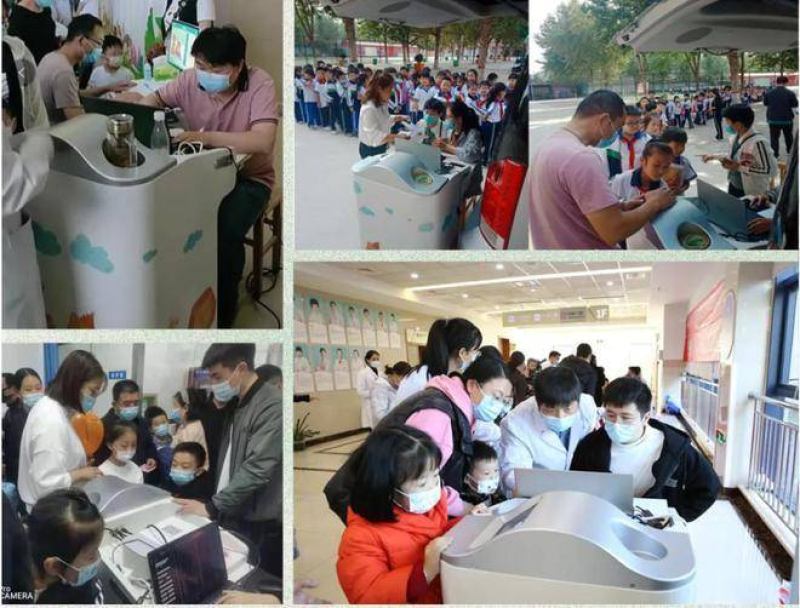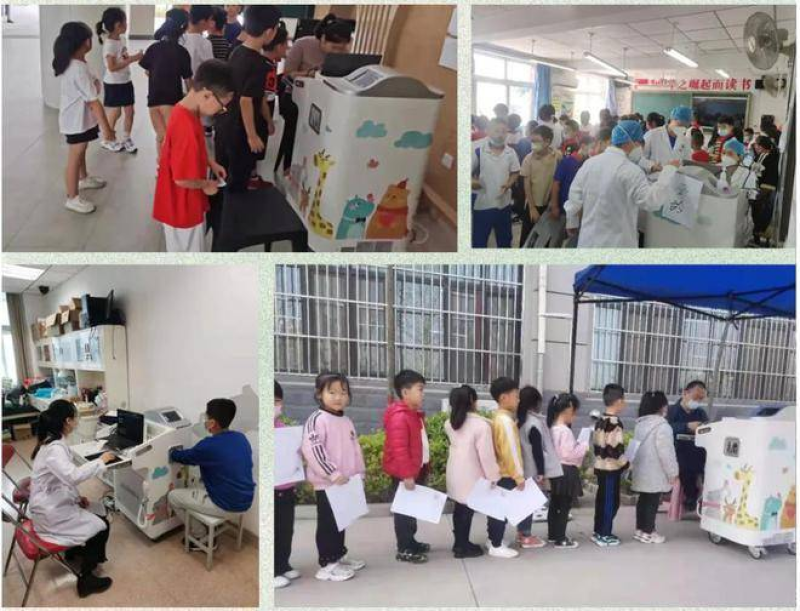On November 2, 2025, the World Health Organization’s International Symposium on Caregiver Skills Training (CST) for Children with Developmental Delays was held in Chongqing. Experts from the field of maternal and child health from around the world exchanged and discussed how to provide scientific care for children with developmental delays and disabilities, including those with autism spectrum disorder.
Professor Li Tingyu, a Chinese expert representative from the Children's Hospital Affiliated to Chongqing Medical University, introduced at this conference that the incidence of intellectual developmental delays and disabilities, including autism spectrum disorder, is showing an increasing trend year by year. Before the age of 5, children with developmental delays mainly experience delays in four major areas: gross motor skills, fine motor skills, language, and personal and social skills. Many children have comprehensive developmental delays, with damage to both the general and specialized brain systems. After the age of 5, these children may be diagnosed with intellectual disabilities.
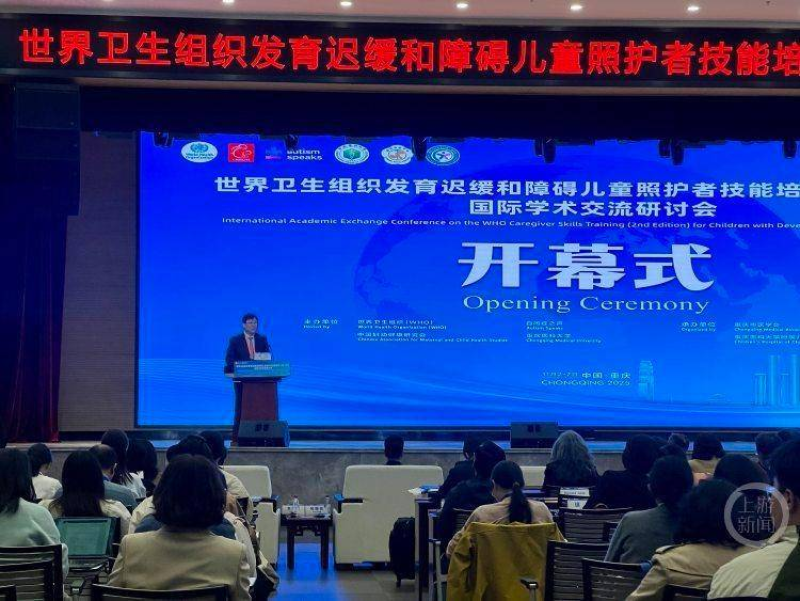
Developmental delays in children: a dual challenge of psychology and physiology.
Childhood growth and development is a complex process, but some children encounter developmental delays. These problems can stem from psychological factors, such as autism spectrum disorder (ASD), characterized by social interaction difficulties, repetitive behavioral patterns, and often accompanied by varying degrees of intellectual disability. They can also be caused by physiological factors, with short stature and central precocious puberty being typical examples. Children with short stature grow less than 5 cm per year, consistently lagging behind their peers; central precocious puberty leads to premature appearance of secondary sexual characteristics and advanced bone age closure, ultimately affecting adult height. If these problems are not addressed promptly, they can trigger a chain reaction of cognitive impairment, learning difficulties, and low self-esteem, even impacting a child's lifelong development.
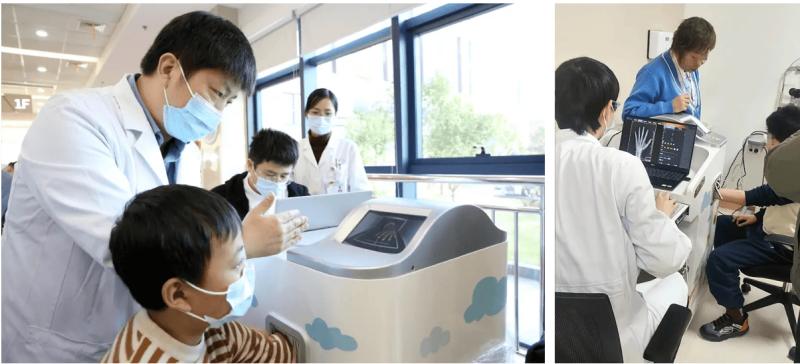
Bone age assessment: the "golden key" to unlocking the mysteries of development.
In child development assessment, bone age is hailed as the "growth code" hidden in the bones, with diagnostic value far exceeding that of simple height and weight measurements. Bone age is assessed by observing skeletal maturity through an X-ray of the left wrist, accurately reflecting a child's true growth status: advanced bone age may indicate precocious puberty, obesity, or other problems; delayed bone age may point to conditions such as growth hormone deficiency or hypothyroidism. For physiological developmental abnormalities, bone age assessment serves three core functions: first, predicting adult height, providing a basis for intervention plans; second, assisting in disease diagnosis, differentiating between familial short stature and pathological short stature; and third, monitoring treatment effectiveness and dynamically adjusting intervention strategies. For psychogenic developmental delays such as autism, bone age testing can also eliminate the interference of physiological factors, providing fundamental data for comprehensive assessment and avoiding misdiagnosis and mistreatment.
Mednova‘s Micro-Dose Bone Age Assessment DR: A Technological Breakthrough for Clinical Selection
Addressing the pain points of traditional bone age assessment equipment, such as high radiation, insufficient protection, and cumbersome operation, the micro-dose bone age analyzer developed by Mednova Medical in collaboration with the Children's Hospital Affiliated to Zhejiang University School of Medicine has become an industry benchmark with four core advantages and has been installed and put into use by 500 institutions across the country, including Shanghai Children's Hospital, Anhui Children's Hospital, and Jiangxi Provincial Maternal and Child Health Hospital.
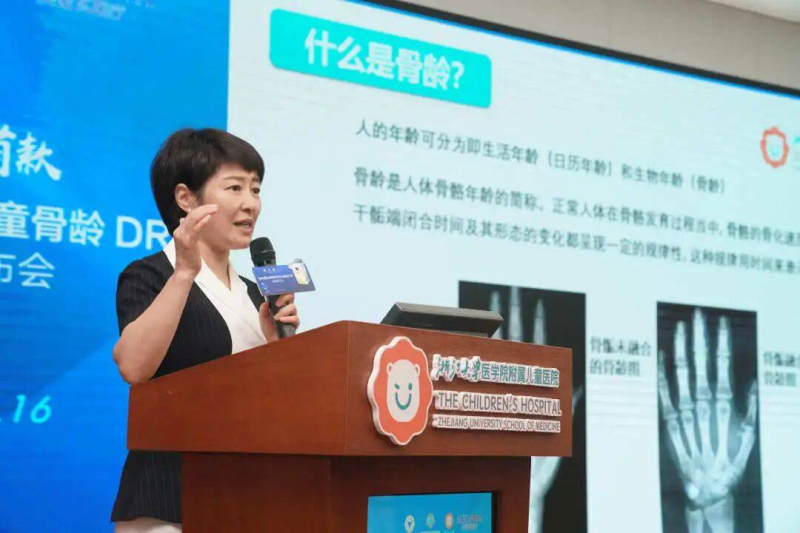
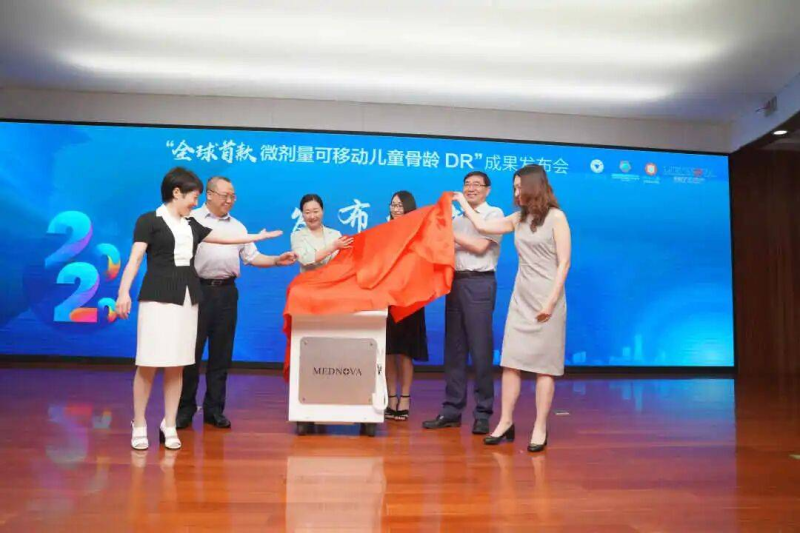
Micro-dose imaging: Green detection protects children's innocence
Children's organs are extremely sensitive to radiation, and traditional DR equipment delivers high radiation doses; repeated imaging can cause irreversible damage. Mednova employs its self-developed integrated low-dose imaging technology, with a single image dose only 20% of that of conventional DR, equivalent to the radiation level of an airport security check—more than 80% lower than traditional equipment. Combined with an amorphous silicon flat panel detector, it maintains image clarity while drastically reducing radiation, achieving a dual guarantee of "green detection" and accurate diagnosis.
Full shielding protection: 360° safety with no blind spots
The equipment features patented 360° full shielding protection technology, strictly complying with GBZ130-2020 "Radiation Protection Requirements for Diagnostic Radiology". The surface radiation of the equipment is close to the environmental background value (0.1-0.143 μSv/h). No special shielding room is required; it can be used in a regular machine room, effectively avoiding unnecessary radiation exposure for medical staff, parents, and surrounding people, completely eliminating parents' concerns about the safety of the test.
Universal Mobility: Breaking Spatial Limitations
Compared to traditional fixed DR devices, the Mednova Bone Age Assessment DR features universal movable casters, allowing it to be easily moved into pediatric clinics, community health check centers, and even school clinics. It is suitable for various scenarios, including large-scale children's health screenings and event medical examinations. This flexible mobility significantly improves testing convenience, especially for early screening in primary healthcare institutions, enabling children in remote areas to access high-quality medical services.
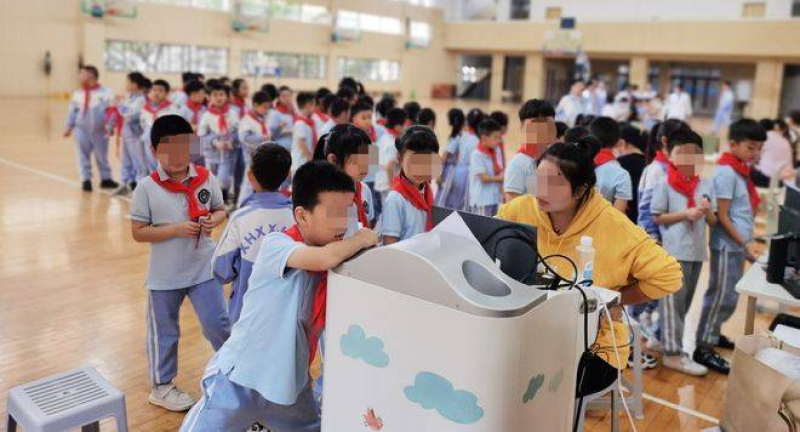
AI-powered intelligent diagnostics: a leap forward in both efficiency and accuracy
Equipped with the AgeExpert™ intelligent bone age assessment system, supporting mainstream assessment standards such as the CH05 and TW3, the AI algorithm can complete bone age assessment within 1 second, with accuracy comparable to senior physicians. Traditional bone age diagnosis requires a 2-3 hour process; now, from taking X-rays and reviewing them to generating a report, it only takes 1-2 minutes, improving diagnostic efficiency by 150%. The system also enables height prediction and growth and development assessment, providing multi-dimensional data support for clinical practice and effectively alleviating the pressure on pediatric medical resources.
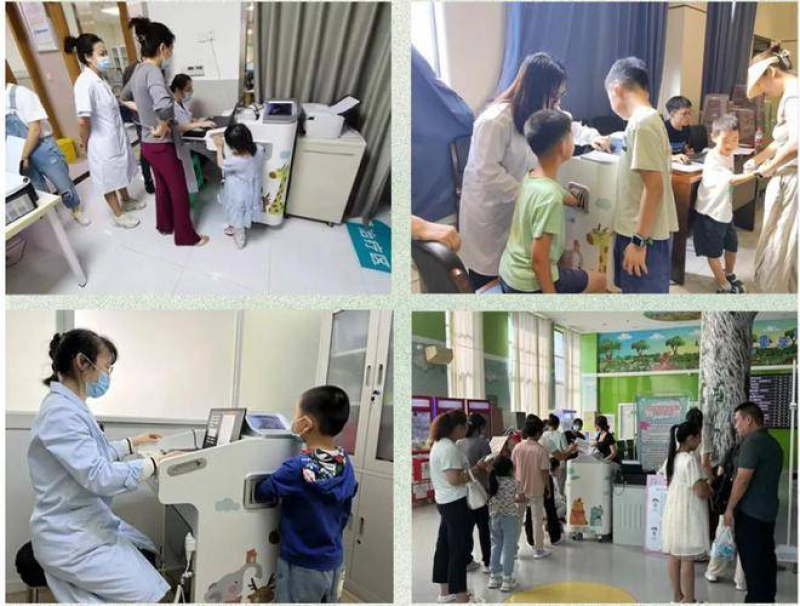
Empowering children's healthy growth with technology
As of early 2025, the Mednova Micro-Dose Bone Age Assessment DR had provided green medical services to over 400,000 children, playing a crucial role in the early screening of diseases such as short stature, central precocious puberty, and Turner syndrome. Its collaborative R&D model involving medical institutions, research organizations, and enterprises has not only overcome the core technical challenges of low-dose imaging but also promoted the standardization and widespread accessibility of pediatric growth and development diagnosis and treatment. From precision diagnosis and treatment in top-tier hospitals to screening and general surveys in grassroots institutions, this device is building a comprehensive network for children's health protection.
Children are the hope of families and the future of the nation. Addressing developmental delays in children requires not only early intervention for psychological issues like autism, but also the scientific diagnosis and treatment of physiological conditions such as short stature and precocious puberty. Bone age diagnosis, as a core assessment tool, safeguards children's healthy growth; and the technological breakthrough of the Mednova micro-dose bone age assessment DR makes scientific testing safer, more efficient, and more accessible. In the future, we look forward to more advanced medical technologies empowering children's health, allowing every child to shine with unique brilliance under scientific protection.
